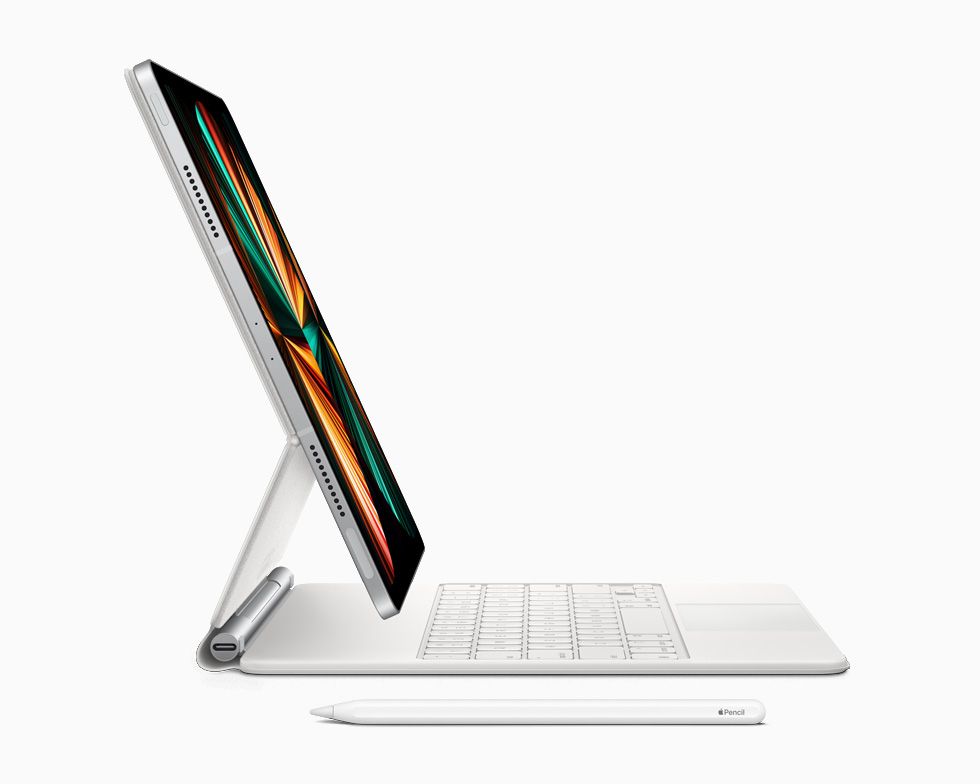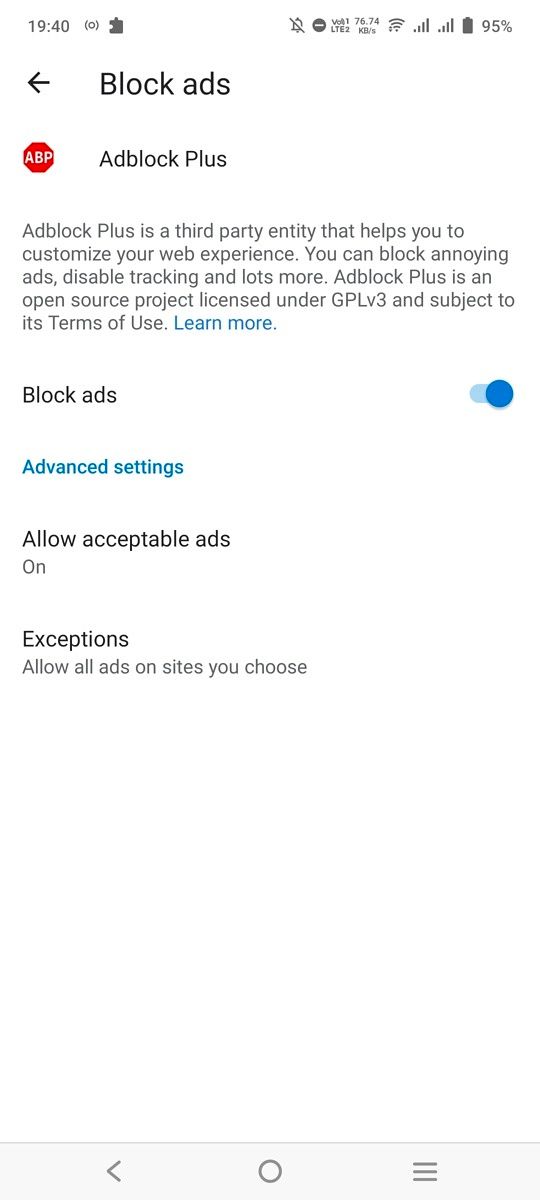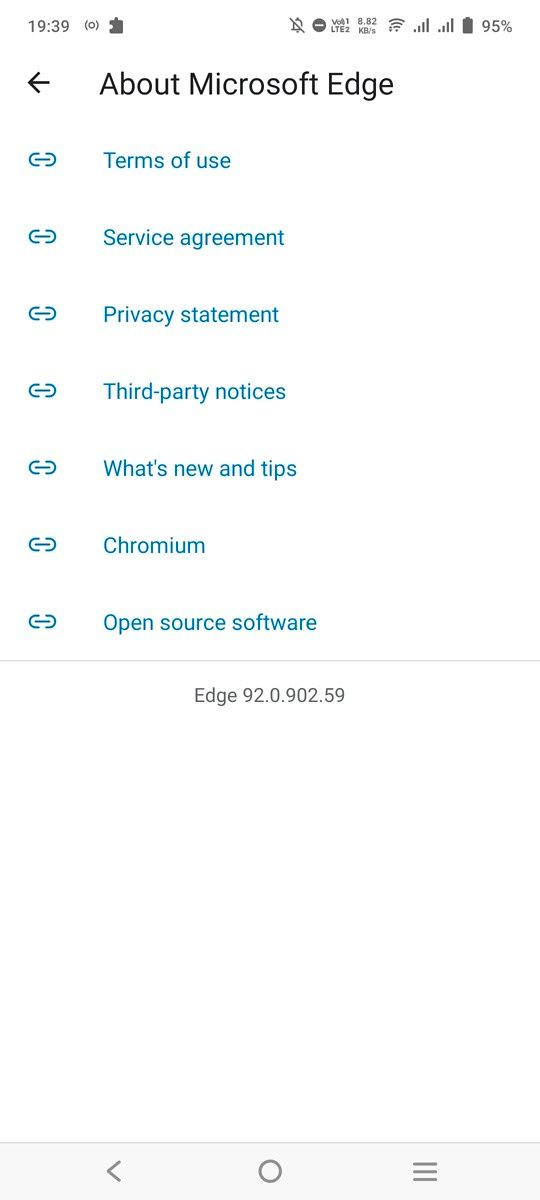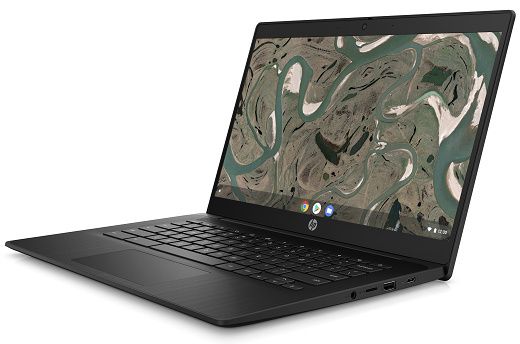
When Snapdragon 7c devices first started shipping, they were in educational devices, and later, on Chromebooks like the Acer Chromebook Spin 513. Now, the Snapdragon 7c Gen 2 is here in the Galaxy Book Go. Like the Snapdragon 8cx Gen 2, the new chipset is only a clock speed bump over its predecessor.
The Samsung Galaxy Book Go, unfortunately, sheds integrated cellular connectivity in the base model, but the rest is there. It’s a fanless PC that weighs in at three pounds. Indeed, that’s not something you see on a laptop that only costs $349. There are 4G LTE and 5G tiers as well.
Navigate this review:
- Design: The Samsung Galaxy Book Go looks and feels premium
- Display and audio: The 14-inch FHD screen
- Keyboard and touchpad: It’s a standard Chiclet-style keyboard
- Performance and battery life: The Snapdragon 7c Gen 2 doesn’t get help from 4GB RAM
- Conclusion: Should you buy the Samsung Galaxy Book Go?
Samsung Galaxy Book Go specs
| Processor | Qualcomm Snapdragon 7c Gen 2, 2.55GHz |
|---|---|
| Graphics | Qualcomm Adreno |
| Body | 12.75″x8.85″x0.59″, 3.04 pounds |
| Display | 14 inches, 1,920×1,080, 220 nits, LED |
| RAM | 4GB LPDDR4x |
| Storage | 128GB eUFS |
| Battery | 5,480mAh, 2-cell Li-ion |
| Ports | (2) USB 3.1 Type-C (1) USB 2.0 Type-A (1) 3.5mm audio MicroSD card reader |
| Audio | 2 x 1.5W Dolby Atmos |
| Webcam | 720p |
| Wireless | Bluetooth 5.1, 802.11ac |
| Material | Plastic |
| Color | Silver |
| OS | Windows 10 Home |
| Price | $349.99 |
This model was provided to me by Qualcomm, and it’s the base model. There are going to be more variants, such as the 5G model with a Snapdragon 8cx Gen 2.
Design: The Samsung Galaxy Book Go looks and feels premium
As far as design goes, the Samsung Galaxy Book Go looks and feels like a premium device.
As far as the design goes with the Samsung Galaxy Book Go, it looks and feels like a premium device. What I mean by that is if I put this on a shelf with a half-dozen premium ultrabooks and convertibles, you probably wouldn’t be able to guess which one costs $349. And when I say it feels premium, I have to say I was surprised when I saw it was made out of plastic. Just by the feel, I thought it was metal.

The color it comes in is silver, so there’s nothing about it that really stands out. I still like the look a lot better than a gray laptop, like other Samsung laptops. The only marking on the lid is the shiny Samsung logo.

This is actually the first Windows on ARM device that I’ve seen with a USB Type-A port, which is cool. It’s USB 2.0 unfortunately, but you can still use it for connecting basic peripherals like a mouse.

You’ll also find two USB Type-C ports, one on each side. It’s always nice to be able to choose which side to plug a charger into. On the left side, there’s also a 3.5mm audio jack and a microSD card slot, so the ports really do check the right boxes.
Display: The 14-inch FHD screen
While it’s impressive that a PC at this price has an FHD resolution, the screen is where you’ll start to remember how much the Galaxy Book Go costs. Frankly, it’s just not good. There’s noticeable color distortion if you try to look at it from any angle, and it screams budget PC.

As you can see from my testing, the color gamut isn’t impressive at all.

There’s no touch, which is no surprise given this is a clamshell laptop instead of a convertible. The bezels are about what you’d expect, narrow on the sides and larger on top to make room for the webcam. Sadly, that webcam is 720p, although again that’s not surprising given the price.

One thing that’s surprisingly good is audio quality. The two 1.5W speakers are placed on the bottom of the device and they support Dolby Atmos. Listening to music on this machine is a much better experience than I’d expect.
Keyboard: It’s a standard Chiclet-style keyboard
One of the biggest pain points of this machine is the display, but the rest of it is pretty good. The Chiclet-style keyboard obviously isn’t winning any awards – it’s not an HP EliteBook or a Lenovo ThinkPad – but it’s solid. For the price, it’s pretty good and I have no complaints.

As you can see from the image above, there’s nothing that stands out here. It’s your standard black keys on top of a silver deck. Above the keyboard is the power button, which sits flush with the deck; however, it’s not a fingerprint sensor. Indeed, any Windows Hello biometric authentication isn’t happening here. That’s a sacrifice made to get to the price, and a reasonable one.

The touchpad is nice and big, at least big enough given the amount of real estate. The whole input experience is pretty good, or at least there isn’t anything bad about it. I’ve had laptops that cost two or three times as much with keyboards that are awful. I’d call this a win.
Performance: The Snapdragon 7c Gen 2 doesn’t get help from 4GB RAM
Like the Snapdragon 8cx before it, the Snapdragon 7c Gen 2 is a 150MHz improvement in clock speed over its predecessor. It’s designed for the entry-level, including Chromebooks and the educational market. Samsung is the first to put a Snapdragon 7c in a Windows-based consumer laptop.
It does feel sluggish in every day use, and for the most part, I use native apps. The bulk of my work is done in Microsoft’s Edge browser, which is native to ARM64. Other apps include Skype, OneNote, and Slack, the latter of which runs in emulation.
To be clear, Windows on ARM can run native ARM64 apps and emulated 32-bit x86 apps. There is x64 support coming with Windows 11, and in fact, I did install the Windows 11 preview about halfway through my testing process, just to see how much the experience improves. Indeed, Windows 11 does include various improvements for ARM PCs.

It doesn’t get much better with Windows 11, because there’s only so much you can ask for here. If you want to look across the board at the Intel Pentium Silver or Celeron processors that you’d expect at this price point, performance doesn’t really get any better. In fact, it’s probably worse.
What’s really the bottleneck here is that the Samsung Galaxy Book Go only has 4GB RAM. Windows PCs in 2021 need more than that. If you’ve got a lot of tabs open in the browser, you’re going to find that it has to reload pages from time to time.
On the other hand, Adobe Photoshop was surprisingly smooth. Of course, that’s another app that runs natively these days, along with Lightroom. Unfortunately, Adobe doesn’t offer 32-bit apps for emulation anymore, nor can you get the x64 apps through the Creative Cloud apps. In other words, your only options for Adobe apps are Photoshop and Lightroom.
Honestly, I think 8GB of RAM would completely change the experience for the Galaxy Book Go. There are supposed to be configurations for that, but right now this is the only one on Samsung’s website. In short, the chipset is pretty good for this price point, but 4GB RAM simply isn’t enough.
It’s worth remembering this is a really low price point. I say that because even people that buy inexpensive laptops might not realize how little you get for $350. This is normally a tier I wouldn’t recommend to anyone.
For benchmarks, I only used Geekbench, since that’s all that’s natively supported on ARM. Unfortunately, it doesn’t paint a full picture. Geekbench tests are for the CPU, but Qualcomm’s SoCs are a lot more than that, including the Adreno graphics and the DSP, which combine for the AI Engine.
| Samsung Galaxy Book Go Snapdragon 7c Gen 2 |
Microsoft Surface Go Pentium Gold 4415Y |
Huawei MateBook E Snapdragon 850 |
Lenovo ThinkPad X1 Fold Core i5-L16G7 |
Samsung Galaxy Book S Snapdragon 8cx |
|
|---|---|---|---|---|---|
| Geekbench | 561 / 1,626 | 401 / 909 | 494 / 2,045 | 510 / 1,727 | 726 / 2,909 |
Battery life is fine, but it doesn’t live up to what I expect from Windows on ARM. After all, that’s supposed to be one of the key value props. I only got about six hours of real-world usage. Sometimes it was a bit better, but with a full-sized laptop, I expected more. For example, the Lenovo Flex 5G got over 12 hours for me.
Conclusion: Should you buy the Samsung Galaxy Book Go?
The Samsung Galaxy Book Go would be my pick if you’re looking to spend $349.

There’s just a lot of value here, and it feels so premium. When I first took it out of the box, I actually said “wow” out loud, because I totally didn’t expect what I got. The build feels great, and that’s made possible by the Snapdragon chip.
It’s not perfect, of course. The display isn’t great, but again, this price point doesn’t get you a great display. The bigger issue is it only has 4GB RAM. To put it simply, you’ll need more, but of course, that means paying more.
All around, the Samsung Galaxy Book Go is a phenomenal value. It’s got a design that’s unheard of for the price, and the overall experience is pretty good.
- Samsung's Galaxy Book Go is an entry-level laptop with a Qualcomm processor and a unique value proposition
|
Features: |
|
|
|
Pros: Cons: |
The post Samsung Galaxy Book Go review: Crazy value at a crazy price appeared first on xda-developers.



































